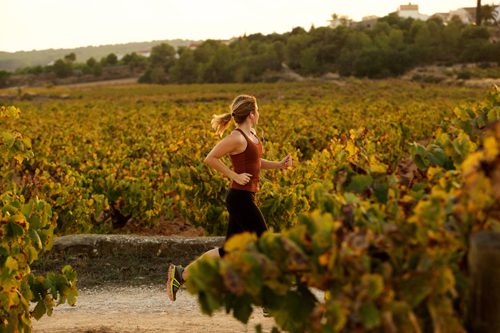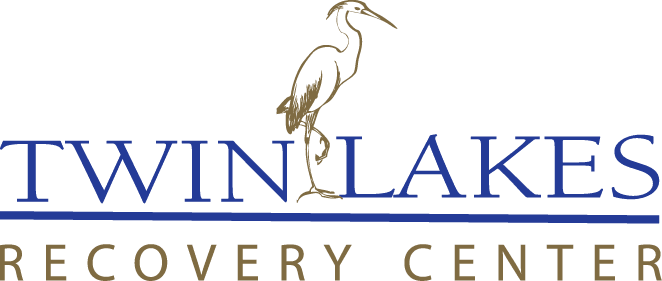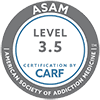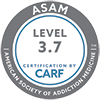 Substance use and exercise stimulate the same reward centers in your brain.
Substance use and exercise stimulate the same reward centers in your brain.
This is why so many reputable addiction treatment centers offer numerous opportunities for exercise and recreation. Focused movement naturally triggers vital brain chemicals such as dopamine, endorphins, and serotonin—some of the same chemicals artificially enhanced by substance use.
This “natural high”, as many runners reference:
- Improves your mood
- Helps you sleep
- Boosts energy
- Builds endurance
- Enhances your immune system
- Manages health problems
A Mayo Clinic article outlines these benefits in detail.
Specifically for people in recovery, researchers are intrigued by how a combination of therapy and exercise helps people in addiction treatment and later in daily life deal with the challenges of sobriety, including:
- Cravings
- Triggers
- Mental health problems
- Troubling thoughts and emotions
- Weight gain
- Difficulty sleeping
- Smoking, but wanting to quit
- Fluctuations with energy and mood
Support Your Sobriety with Movement
And what does exercise do for someone choosing a life of sobriety? Learn more by following the links in the stories below.
- In this insightful feature, Dana Smith shares her story of hitting rock bottom and going to prison. But there, she discovered how the power of fitness provided an outlet that “gives me stability and keeps me strong, mentally, and physically.”
- Katie Burlingame, once addicted to prescription opioids, told Shape magazine how she joined a fitness program designed for people in recovery. “When I was addicted to drugs, I forgot how much I loved to exercise.”
- James Taylor, internationally-acclaimed singer/songwriter, was addicted to heroin for 18 years. He credits his recovery to physical exercise: “Sweat it out,” he says. Kayaking is one of his favorite activities.
- Another famous musician, Eminem, soothed his addiction to painkillers by binge eating, because the coating on Valium and Vicodin tablets irritated his stomach. He gained nearly 100 pounds. But his drug use also severely compromised his health in other ways. He relapsed multiple times, but eventually found a steady path in recovery through exercise. “Once you’re at a place where you’ve made progress and you’ve got some time invested in it, you don’t wanna quit and give up what you started,” he told Men’s Journal.
Choose Activities That Match Your Intent
As you consider different types of exercise, it might be helpful to think beyond the typical gym rat model. Allow yourself to celebrate your recovery and your newfound wellness in a variety of ways.
- Phoenix Multisport: a sober active community for people in recovery from substance abuse, it features climbing, hiking, running, boxing, cycling, skiing, snowboarding, and strength training. It has a few branches in the western U.S. The organization has “peer professionals”: people in recovery themselves who understand the journey and lend their expertise and support to others who desire an active lifestyle. Since 2006, its free sober active community has connected more than 22,000 people nationwide to “rise from the ashes of addiction.” Director of Research Jackie Hillios provided a TEDx Boulder talk about Phoenix Multisport’s purpose and founder Scott Strode.
- Racing for Recovery: Founder Todd Crandall, a “former addict turned Ironman triathlete”, decided his mission is “to prevent all forms of substance abuse by promoting a lifestyle of fitness and health for all those affected by addiction.” The non-profit organization facilitates one mile walks and 5K and 10K runs. It also offers live streaming support groups.
- 7-Minute Workout: Okay, let’s say you really don’t want to work out, but know you need to do something. The 7-Minute Workout, designed after an article about efficient movement published in the American College of Sports Medicine, uses your body as natural resistance for optimum results. The warm up, the primary sequence, and the cool-down usually take about 10 minutes total. Three times a week is usually recommended.
- The Active 10: A simple walking program that encourages 10 minutes of activity. Studies indicate just 10 minutes of brisk walking improves your mood, increases energy levels, and clears your mind. There’s even an app to help you set goals and track your progress.
- Yoga: The Journal of Alternative and Complementary Medicine features studies which detail how a consistent yoga practice increases GABA, a brain chemical that reduces stress. Since many people in recovery are challenged by depression, anxiety, and stress, perhaps yoga may help. Consider a sobriety-specific program, such as Yoga of 12-Step Recovery, or perhaps find a local instructor who offers restorative, yin, or gentle yoga.
Follow Your Natural Design
The human body is a beautiful machine, and as the saying goes, a body in motion tends to stays in motion. Regular movement and all of its benefits simply enhance what your body is designed to do.
The Twin Lakes campus is set in a beautiful wooded area with numerous walking trails and features two lakes perfect for fishing. Our residents also enjoy a variety of recreational activities that help strengthen the body and playfully engage with others, such as basketball, volleyball, and badminton.



